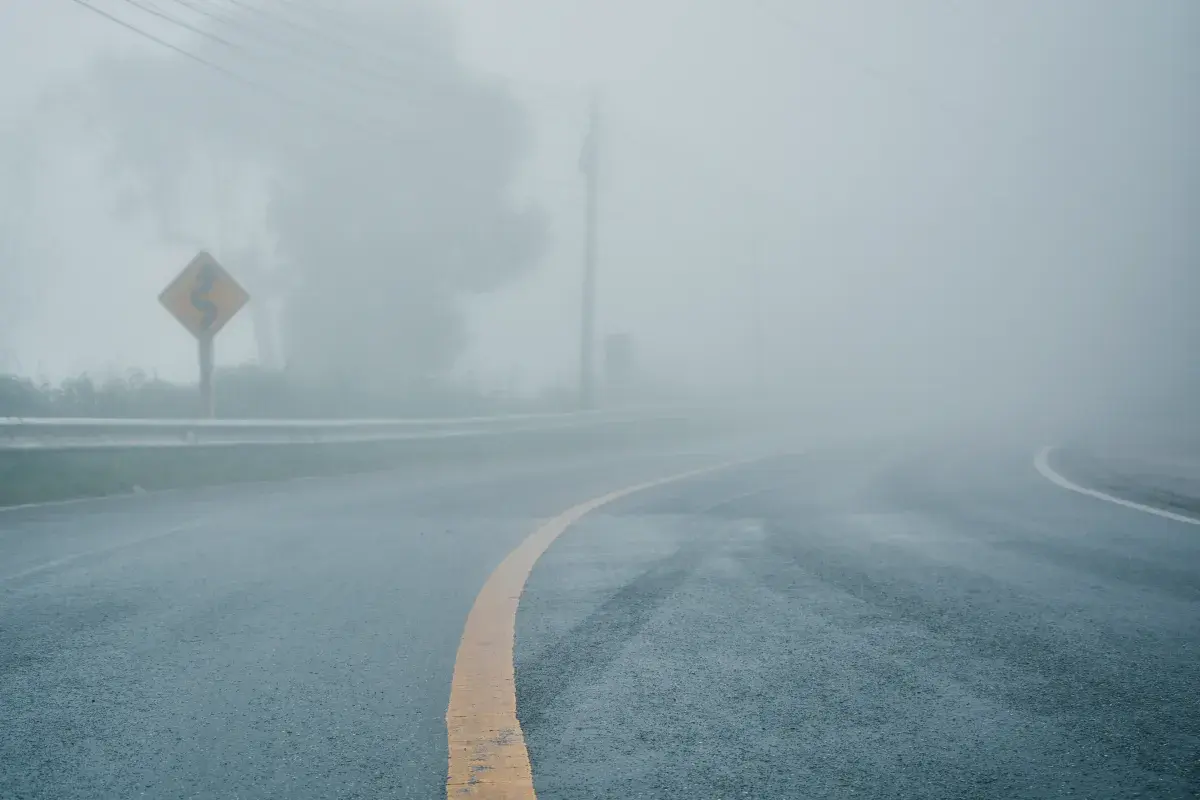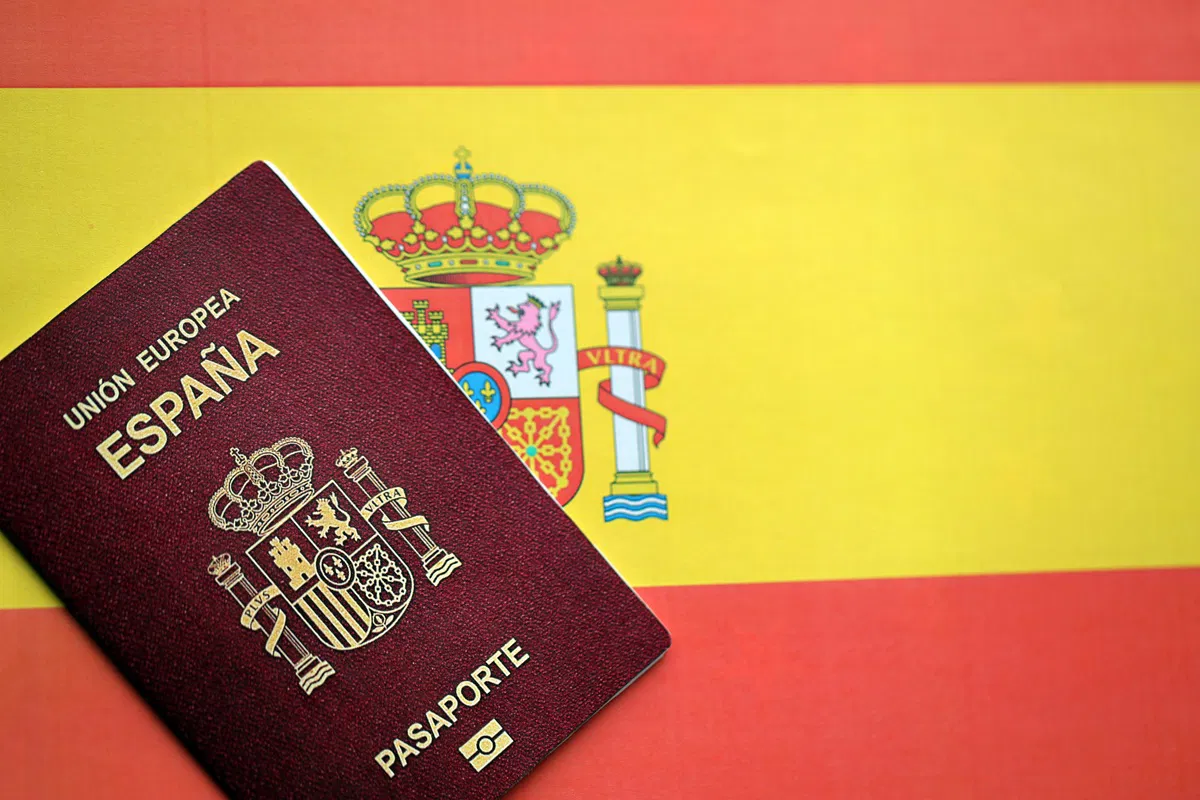Copyright Newsweek

More than 1 million Americans were urged to exercise caution while traveling on Thursday morning as dense fog decreased visibility across a wide swath of the United States. Dense fog advisories have been issued numerous times over the past few weeks. As temperatures cool and dew points rise, fog is common during this time of year, National Weather Service (NWS) meteorologist Stephen McCoy told Newsweek. Why It Matters Dense fog advisories were issued Thursday morning by NWS offices across nine states, impacting more than 1 million travelers. These advisories warn of significantly reduced visibility—sometimes to a quarter of a mile or less—creating hazardous conditions for drivers. Such low visibility poses a considerable risk, potentially leading to accidents and vehicle pileups. Motorists caught off guard by sudden drops in visibility may not have enough time to react, raising the stakes for driver and pedestrian safety statewide. Early morning commuters and those on the roads are most likely to experience the impact of these advisories. What To Know The NWS dense fog advisories cover a wide range of counties and cities throughout Iowa, Nebraska, Minnesota, Wisconsin, Illinois, Missouri, Kansas, Idaho, and Washington state. In affected areas, forecasters report visibility frequently reduced to a quarter mile or less, complicating travel along key highways, interstates, and rural routes. Affected cities include Omaha, Des Moines, Madison, Minneapolis, and Spokane, among many others. "Low visibility could make driving conditions hazardous," NWS Omaha said in the dense fog advisory. In Wisconsin, the lowest visibilities were expected from Oshkosh to the south and near Lake Winnebago, according to the NWS office in Green Bay. In Northern and Central Missouri, Kansas, and parts of Iowa, advisories specifically highlighted interstate corridors and major cities where morning commuters would be affected. In Iowa, the fog was impacting busy travel corridors throughout the central part of the state, including I-35 and parts of I-80, as well as Highways 20, 30, 34, and 169. In some instances, fog could create slick surfaces in freezing temperatures, particularly in areas where freeze warnings were also in place. "Fog in subfreezing temperatures may lead to slick spots on bridges and overpasses," NWS Omaha said. What People Are Saying NWS, in a webpage about dense fog advisories: "A Dense Fog Advisory is issued by your local National Weather Service office when widespread dense fog develops. When this happens, visibilities frequently drop to one-quarter of a mile or less. These conditions make travel difficult. Take extra caution when on the road or avoid driving if possible." NWS Green Bay in a post on X: "Heads up to Thursday morning commuters! Patchy dense fog has been observed in the southern Fox Valley this morning, most dense in southern Winnebago county. Visibility reductions down to a quarter mile will be possible, with fog expected to lift by 10 AM." What Happens Next The majority of dense fog advisories are forecast to remain in effect until mid-to-late morning. As temperatures rise and the fog dissipates, visibility should gradually improve. However, the NWS continues to urge caution, especially for morning travelers, until advisories officially expire and local conditions improve. Drivers and residents are strongly encouraged to monitor official NWS channels and local updates for any changes in advisory status or worsening weather conditions. Agricultural stakeholders are advised to take protective measures for crops and outdoor infrastructure, especially in areas impacted by both fog and subfreezing temperatures.



